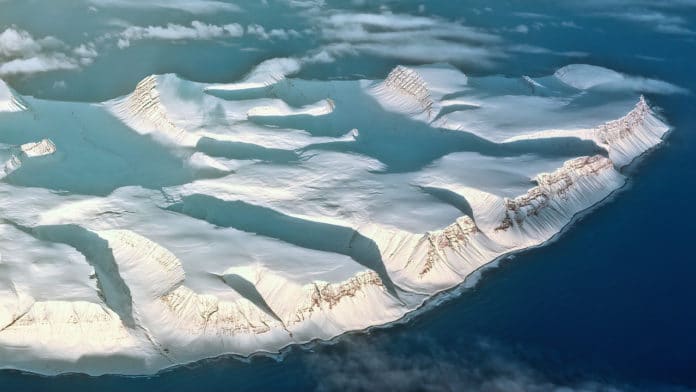Some portions on Earth’s surface are so cold. Water in those portions is in solid form. Scientists call these frozen places of our planet the Earth’s cryosphere.
Changes in this cryosphere can alter air temperatures, change the sea level and even affect ocean currents worldwide. Therefore, scientists study the cryosphere as one of the most sensitive climate indicators and the first to demonstrate a changing world.
A new study that made global estimations on the cryosphere suggested that the global cryosphere is shrinking by 87,000 square kilometers per year on average between 1979 and 2016. Climate change is the reason behind this, suggested scientists.
Scientists calculated the daily extent of the cryosphere. They then averaged the outcoming values to come up with yearly estimates. They found that the average area covered by Earth’s cryosphere has contracted overall since 1979, correlating with rising air temperatures.
The shrinkage primarily occurred in the Northern Hemisphere, with a loss of about 102,000 square kilometers (about 39,300 square miles) or about half the Kansas population each year. Those losses are offset slightly by growth in the Southern Hemisphere, where the cryosphere expanded by about 14,000 square kilometers (5,400 square miles) annually. This growth mainly occurred in the sea ice in the Ross Sea around Antarctica, likely due to patterns of wind and ocean currents and the addition of cold meltwater from Antarctic ice sheets.
Shawn Marshall, a glaciologist at the University of Calgary, said, “This kind of analysis is a nice idea for a global index or indicator of climate change.”
Scientists later compiled their global estimate by dividing the planet’s surface into a grid system. They used existing data sets of global sea ice extent, snow cover, and frozen soil to classify each cell in the grid as part of the cryosphere if it contained at least one of the three components.
They then estimated the extent of the cryosphere daily, monthly, and yearly and examined how it changed over the 37 years of their study.
Scientists noted, “The global dataset can now be used further to probe the impact of climate change on the cryosphere, and how these changes impact ecosystems, carbon exchange and the timing of plant and animal life cycles.”
Journal Reference:
- Xiaoqing Peng et al., A Holistic Assessment of 1979–2016 Global Cryospheric Extent, Earth’s Future (2021). DOI: 10.1029/2020EF001969
